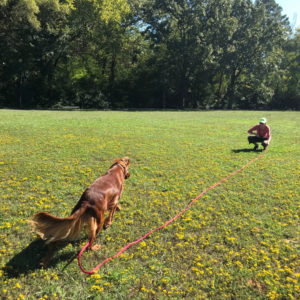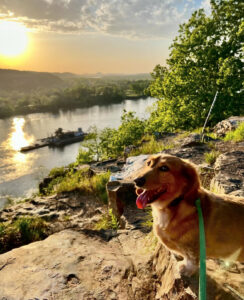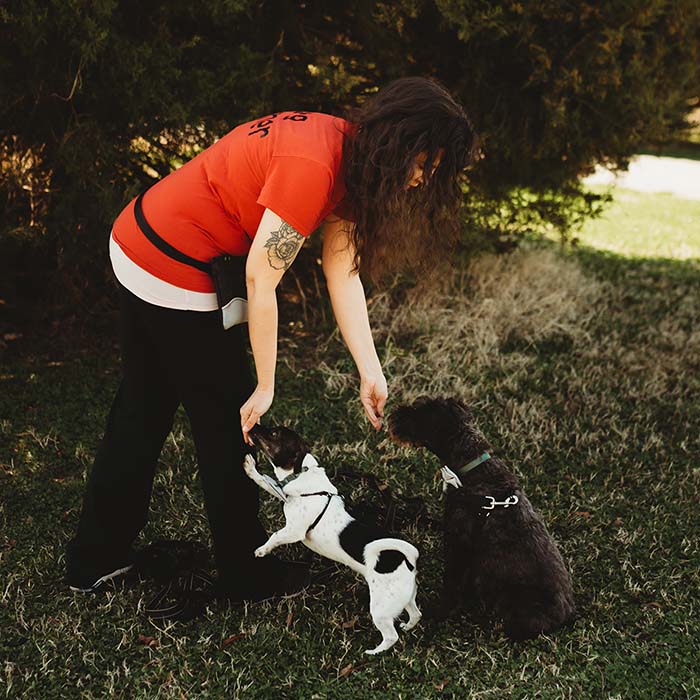Join Elizabeth of Telltail Dog and Lauren of Empath_N_Drake (https://www.instagram.com/empath_n_drake/) for a candid discussion on reactivity, repression, and training methods. Lauren tried everything after her pitbull Drake developed reactive behaviors when he was seven months old.
Empath_N_Drake: https://www.instagram.com/empath_n_drake/
Odin_Pup: https://www.instagram.com/odin_pup/
John Is For the Dogs: https://www.instagram.com/john.is.for.the.dogs/
Follow Telltail Dog
Instagram: instagram.com/telltaildog/
Facebook: facebook.com/telltaildog/
Twitter: twitter.com/telltaildog
Excerpt:
Previously, when he looked at another dog, he’d get a correction because a look would lead to a reaction. If he was tense walking down the hallway, he was supposed to get a correction. If he was on edge at all, he’d get a correction. “He was constantly being stimmed,” Lauren shared. “It was so unfair. … It felt like we were constantly in conflict.”
Now, she tries to honor him and work on building him up. When he looks at another dog, she can tell if it’s curiosity or about to lead to a reaction. By inviting him to look at her instead, she can let him know he’s safe.
Lauren also manages Drake’s behavior by:
- Giving him as much space as possible. If anyone is walking towards them, she uses space to manage his reactions and reward him for eye contact.
- Knowing his thresholds. (https://www.whole-dog-journal.com/behavior/5-things-to-know-about-a-dogs-threshold/) A threshold is just the point where a dog has engaged in fight, freeze, or flight, and may struggle to think or process his surroundings. This is where a dog won’t take treats or can’t focus.
- Avoiding trigger stacking. (https://pawsandreward.com/trigger-stacking-your-dogs-threshold/). Trigger stacking just means a dog is unable to recover from the stress of reacting to a trigger before facing a new trigger. This means reactions get more and more intense as the dog gets overwhelmed.
- Utilizing decompression walks. (https://www.dogmindedboston.com/blog/2019/5/27/the-life-changing-power-of-decompression-walks) These sorts of walks allow for freedom of movement and engagement for dogs, allowing them to use their nose and mind and thus ultimately recover from any triggers. As a result, they’re much more mentally able to face any new challenges or triggers.
Read more: https://telltaildogtraining.com/embarrassed-the-only-reactive-pitbull-in-atlanta/
Special Guest: Lauren.



